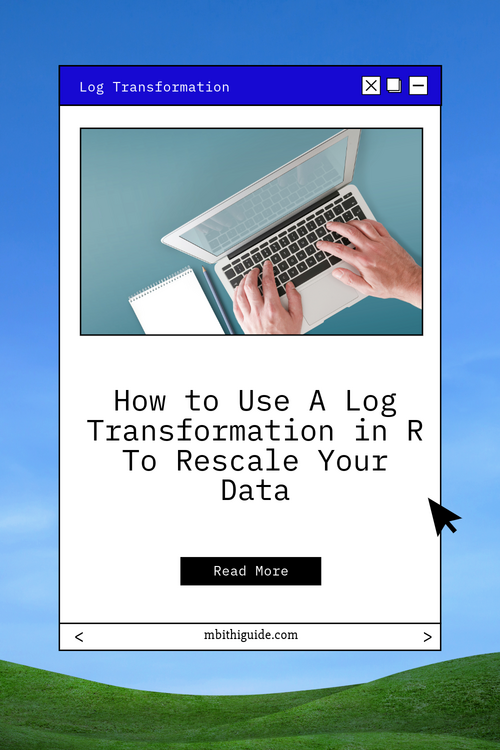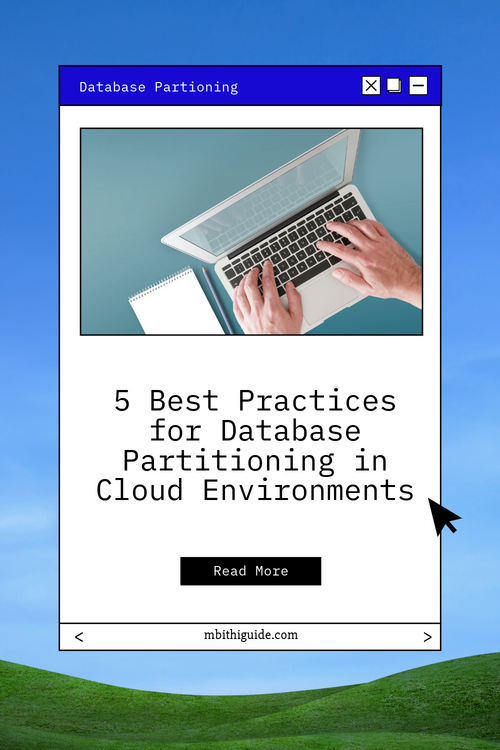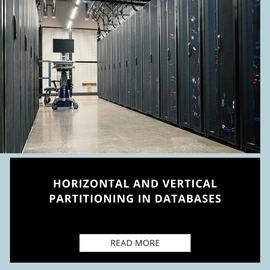Data cleaning is a crucial step in the data analysis process, ensuring that your datasets are accurate, complete, and ready for analysis. In this beginner’s guide, we’ll walk you through the importance of data cleaning and provide practical tips and techniques to tidy up your datasets effectively.
Why Data Cleaning Matters
Before diving into the nitty-gritty of data cleaning, it’s essential to understand why it’s so important. Clean data is the foundation of any meaningful analysis. It ensures that your conclusions and insights are based on accurate information, leading to better decision-making and outcomes.
Identifying and Handling Missing Data
Missing data is a common issue in datasets and can occur for various reasons, such as data entry errors, equipment malfunction, or respondents choosing not to answer certain questions in a survey. Identifying missing data is the first step in handling it effectively. You can use descriptive statistics to determine the extent of missing data in your dataset, such as the percentage of missing values in each column.
Once you’ve identified missing data, you need to decide how to handle it. One approach is to remove rows or columns with missing data, known as complete-case analysis. While this approach is straightforward, it can lead to a loss of valuable information, especially if the missing data is not random. Alternatively, you can impute missing values using statistical methods, such as mean, median, or mode imputation, which replace missing values with the average, median, or mode of the non-missing values in the same column.
Dealing with Duplicate Data
Duplicate data can arise from various sources, such as errors in data entry or data integration processes. Identifying duplicate data involves comparing records based on certain criteria, such as unique identifiers or combinations of attributes, and flagging or removing duplicate records.
There are several ways to deal with duplicate data, depending on your specific requirements. You can use software tools or write custom scripts to identify and remove duplicate records automatically. Alternatively, you can manually review the duplicate records and decide how to handle them based on your knowledge of the data and the context in which it was collected.
Standardizing Data Formats
Standardizing data formats involves converting data into a consistent format, such as dates, currencies, or units of measurement. Standardization is essential for ensuring consistency and compatibility across different datasets and systems.
You can standardize data formats using functions or scripts that convert data from one format to another. For example, you can convert dates from different date formats (e.g., MM/DD/YYYY or DD/MM/YYYY) to a standardized format (e.g., YYYY-MM-DD) using date parsing functions. Similarly, you can convert currencies from different currencies to a standardized currency (e.g., USD) using currency conversion rates.
Handling Outliers
Outliers are data points that significantly differ from the rest of the dataset and can occur due to various reasons, such as measurement errors or natural variation in the data. Identifying outliers involves visualizing the data using plots, such as box plots or scatter plots, and identifying data points that fall outside the expected range.
Once you’ve identified outliers, you need to decide how to handle them. One approach is to remove outliers from the dataset, known as trimming. However, trimming can lead to a loss of valuable information, especially if the outliers are valid data points. Alternatively, you can winsorize the data, which involves replacing outliers with the nearest non-outlying value. Another approach is to transform the data using mathematical functions, suc
Conclusion
Data cleaning is a critical process that ensures the quality and integrity of your datasets. By following the tips and techniques outlined in this guide, you can effectively tidy up your datasets and prepare them for meaningful analysis. Remember, the quality of your analysis is only as good as the quality of your data, so investing time and effort into data cleaning is well worth it in the long run.






